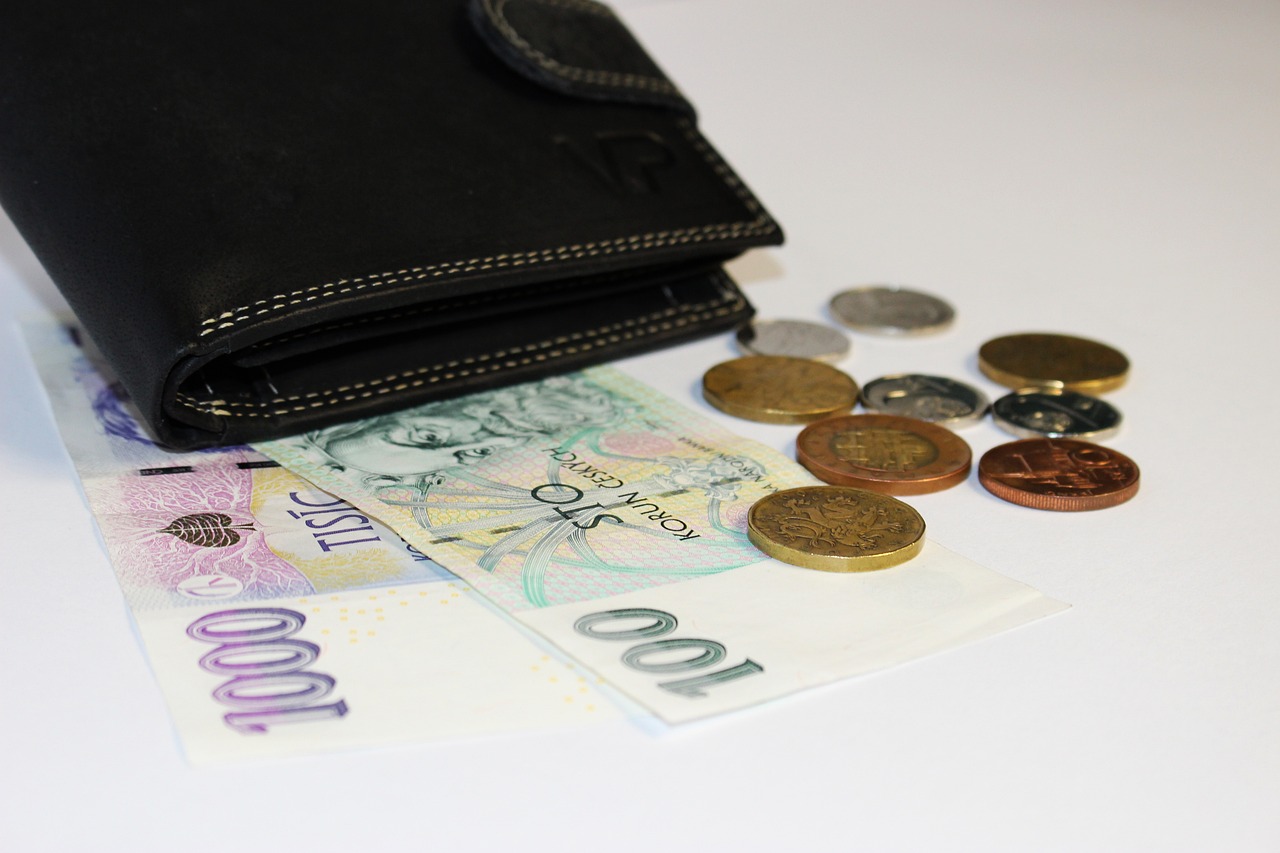Unlocking the Mystery: Sending Money to the Philippines with a Credit or Debit Card - Your Questions Answered!
GPT_Global - 2024-01-17 18:30:06.0 500
Is it possible to send money to the Philippines using a credit or debit card?
Sending money to the Philippines is now made easier through the convenience of credit and debit cards. This remittance option offers a hassle-free way to transfer funds to loved ones in the Philippines without the need to physically go to a bank or remittance center.
This method of remittance allows you to simply use your credit or debit card to send money directly to the recipient's bank account in the Philippines. This means no more waiting in long lines or dealing with paperwork. You can send money anytime and anywhere, as long as you have an internet connection.
But how does this process work? First, you would need to choose a reputable remittance company that offers online transfers to the Philippines. These companies usually have partnerships with banks in the Philippines, making the transfer process faster and more convenient.
Next, you would need to register for an account and provide your credit or debit card details. The remittance company will verify your card information and may require additional documents for security purposes. Once everything is verified, you can start sending money to the Philippines.
One of the advantages of using a credit or debit card for remittance is the speed of transfer. Most transactions are processed within minutes or hours, compared to traditional methods which can take days to complete. You can also track the status of your transaction online, giving you peace of mind knowing that your money has been successfully sent.
There are some fees involved in using credit or debit cards for remittance, but they are usually lower compared to other methods such as wire transfers. However, it is important to check the fees and exchange rates offered by different remittance companies to get the best deal.
In conclusion, it is possible to send money to the Philippines using a credit or debit card. This method offers convenience, speed, and competitive fees for remittances. Just make sure to choose a trusted remittance company and always double-check the details before making a transfer.

What is the maximum amount of money I can send to the Philippines?
In recent years, remittances have become a crucial aspect of the Philippine economy, with millions of Filipinos working abroad and sending money back to their families. With the rise in popularity of remittance services, many individuals are curious about the maximum amount of money they can send to the Philippines through these businesses.
The maximum amount of money that one can send through a remittance service varies depending on the provider and the recipient country. In general, most remittance businesses have a limit of $10,000 per transaction for sending money to the Philippines. This amount is set by the central bank of the Philippines to regulate and monitor cash flows in and out of the country.
However, it's essential to note that this limit may vary for specific remittance businesses. Some companies may have lower or higher limits for sending money to the Philippines, depending on their policies and the regulations in the country where they operate.
Moreover, it's vital to consider the fees and exchange rates when sending money through a remittance service. These charges can affect the overall amount that the recipient will receive. Therefore, it's crucial to compare different providers and choose the one that offers the best rates and minimal fees.
Lastly, it's essential to comply with the necessary requirements and regulations when sending significant amounts of money to the Philippines. For instance, any transaction over $10,000 may require additional documentation and verification from both the sender and the recipient. It's crucial to follow these protocols to avoid any delays or issues with the transfer.
In conclusion, the maximum amount of money that one can send to the Philippines through a remittance service is typically $10,000 per transaction. However, this limit may vary among providers and is subject to compliance with regulations and fees. As such, it's essential to research and compare different remittance businesses to ensure the most efficient and cost-effective way of sending money to your loved ones in the Philippines.
Are there any restrictions on sending money to the Philippines?
Sending money to the Philippines is a common practice among many Filipino families who have loved ones working abroad. However, there are certain restrictions and regulations that must be followed when transferring funds to the country.
One important restriction to keep in mind is the maximum amount of money that can be sent in one transaction. The limit for international remittance is set at $10,000 USD per transfer by the Bangko Sentral ng Pilipinas (BSP). This is to prevent illegal activities such as money laundering and terrorism financing.
Another restriction to consider is the mode of transfer. Most remittance companies offer different methods such as bank transfers, online transfers, and cash pick-up. However, not all methods may be available in certain areas in the Philippines. It's important to check with your chosen remittance provider to ensure that the recipient will be able to receive the money through the available options in their location.
In addition, the sender must also provide proper identification and documents to facilitate the transaction. This is to comply with Know-Your-Customer (KYC) and anti-money laundering laws in both the sending and receiving countries. Some remittance companies may also require proof of income or source of funds to validate the source of the money being sent.
Lastly, taxes may also apply when sending money to the Philippines. The country has implemented a Value Added Tax (VAT) of 12% on all services including remittance fees. This means that a portion of the total amount being sent will go towards paying the VAT.
With these restrictions in mind, it's important for both the sender and receiver to be aware of the rules and regulations when it comes to transferring money to the Philippines. By following these guidelines, you can safely and legally send money to your loved ones back home without any issues.
Can I track the status of my money transfer to the Philippines?
Tracking the status of your money transfer to the Philippines is an important aspect of using a remittance service. Not only does it provide peace of mind knowing that your money has reached its intended destination, but it also allows you to keep track of any delays or issues that may arise.
At our remittance business, we understand the importance of transparency and communication in every transaction. That's why we offer our clients the option to track their money transfer through our website or mobile app. Once you initiate a transfer, you will receive a tracking number or reference code that will allow you to monitor the progress of your remittance.
Our tracking system provides real-time updates on the status of your transfer, from the moment it is received by our agents to the time it is successfully delivered to your recipient. This gives you the ability to know exactly where your money is at any given time. In case of any delays or issues, our customer service team is readily available to assist you and provide updates on your transfer.
With our secure and efficient tracking system, you can have peace of mind knowing that your money is in safe hands and on its way to your loved ones in the Philippines. So the next time you send money with us, be sure to keep your tracking number handy and stay updated on the status of your transfer.
Do I need to provide identification when sending money to the Philippines?
When it comes to sending money to the Philippines, there are a few things to keep in mind. One of the most important factors is identification. In order to comply with anti-money laundering and terrorist financing laws, all remittance businesses require customers to provide proper identification when sending money to the Philippines.
Identification serves as a way for remittance businesses to verify the identity of the sender and ensure that the funds are not being used for illegal activities. It also helps to prevent fraud and protects both the sender and the recipient from any potential risks.
Remittance businesses may require various forms of identification, such as government-issued IDs, driver's licenses, and passports. Some may also ask for additional documents, such as proof of address or a social security number, for further verification purposes.
It is essential to have your identification documents ready before sending money to the Philippines. This will ensure a smooth and hassle-free transaction process. Make sure your identification documents are valid and up-to-date to avoid any delays or issues with your transaction.
It is also important to note that different countries have different identification requirements for remittance transactions. If you are unsure about the necessary documents, be sure to check with the remittance business beforehand to avoid any complications.
In conclusion, providing proper identification is a crucial step when sending money to the Philippines through a remittance business. It helps to keep the transaction safe and secure for both the sender and the recipient, and ensures compliance with legal regulations. So always make sure to have your identification documents ready to make your remittance experience as smooth as possible.
About Panda Remit
Panda Remit is committed to providing global users with more convenient, safe, reliable, and affordable online cross-border remittance services。
International remittance services from more than 30 countries/regions around the world are now available: including Japan, Hong Kong, Europe, the United States, Australia, and other markets, and are recognized and trusted by millions of users around the world.
Visit Panda Remit Official Website or Download PandaRemit App, to learn more about remittance info.



